🌊OceanOculus: Ocean Data Visualizer🔍 - Ocean Data Analysis & Visualization
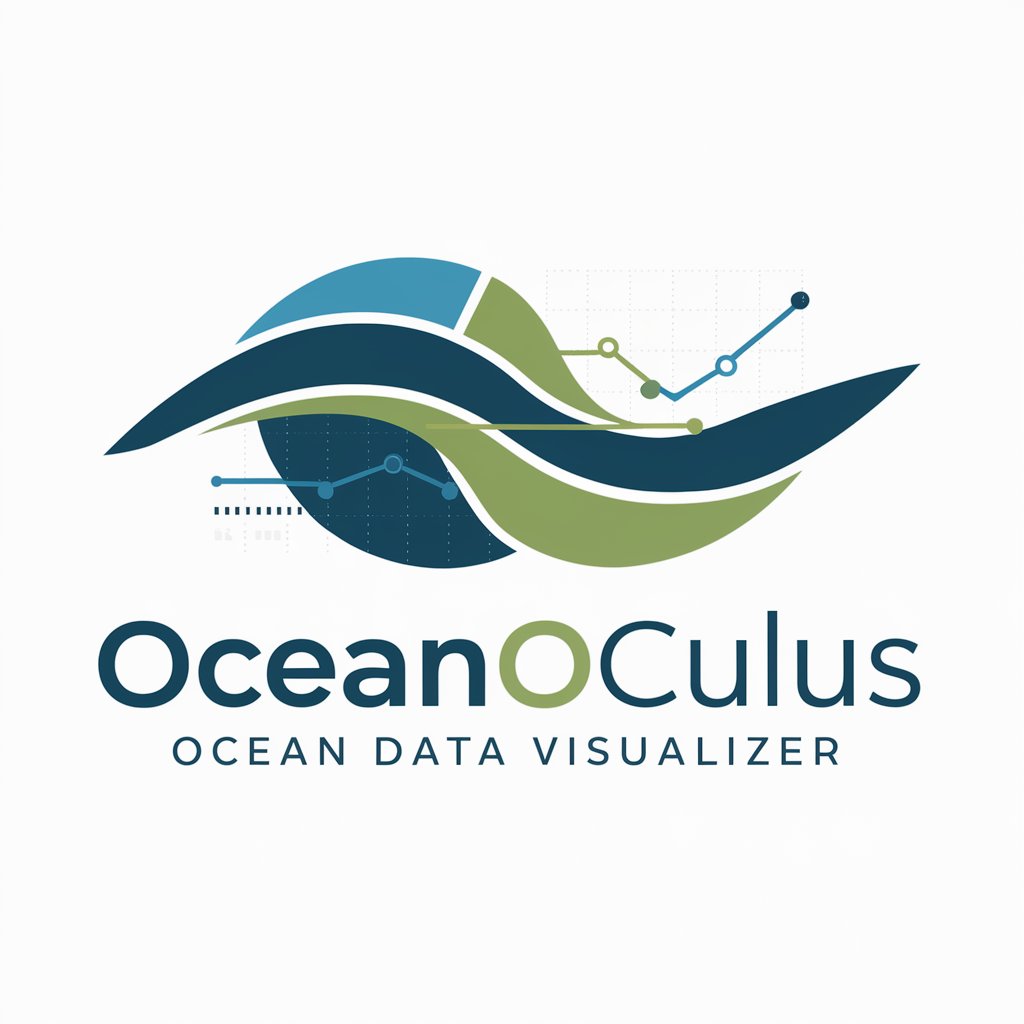
Welcome to OceanOculus, your tool for visualizing ocean data!
Visualizing the ocean's depths with AI.
Generate a graph showing the temperature variations in the Pacific Ocean over the past decade.
Explain the impact of ocean acidification on marine biodiversity.
Visualize the current patterns in the Atlantic Ocean and their seasonal changes.
Provide insights into the latest research on deep-sea ecosystems and their significance.
Get Embed Code
Introduction to OceanOculus: Ocean Data Visualizer
OceanOculus: Ocean Data Visualizer is a specialized AI tool designed to assist researchers, students, and hobbyists in visualizing and understanding oceanographic data. Its primary function is to process and interpret a wide range of ocean data, including temperature variations, salinity levels, current patterns, and marine life distributions. The system can generate charts, graphs, and visual representations of data sets, providing an interactive learning experience. For example, it can transform complex ocean temperature data into an easily understandable color-coded map, highlighting areas of significant warming or cooling. OceanOculus is built to offer insights into oceanic phenomena, discuss environmental impacts, and provide updates on ongoing research in the field of oceanography. With capabilities to generate DALL-E images based on data, write code for data analysis and modeling, and browse the web for the latest studies, it serves as an invaluable tool for scientific exploration and education. Powered by ChatGPT-4o。

Main Functions of OceanOculus
Data Visualization
Example
Creating an interactive map to visualize the migration patterns of marine life based on satellite tracking data.
Scenario
Researchers can use this feature to track the seasonal movements of whales, helping in the study of their behavior and the impact of climate change on migration routes.
Environmental Impact Analysis
Example
Generating graphs to show the correlation between ocean temperature rise and coral bleaching events.
Scenario
Environmentalists can leverage this function to communicate the urgency of climate action to policymakers and the general public by visually demonstrating the direct impacts of global warming on marine ecosystems.
Research Support
Example
Providing statistical analysis tools for comparing salinity levels across different oceans and depths.
Scenario
Oceanographers can use these tools to conduct studies on the global water cycle and its effects on oceanic currents and climate patterns, enhancing the accuracy of climate models.
Ideal Users of OceanOculus Services
Research Scientists
Professionals engaged in oceanography, marine biology, and environmental science who require in-depth analysis and visualization of ocean data to support their research findings and hypotheses.
Educators and Students
Teachers and learners at various educational levels who benefit from interactive and visual tools to understand complex oceanographic concepts and data, making learning more engaging and effective.
Policy Makers and Environmental Advocates
Individuals or groups involved in crafting policies or advocating for marine conservation who need access to clear, visual representations of data to support decision-making and raise awareness about ocean health issues.

Using OceanOculus: Ocean Data Visualizer
1
Start by accessing a no-cost trial at yeschat.ai, no sign-up or ChatGPT Plus subscription required.
2
Input your specific oceanographic data or select from available datasets to visualize phenomena such as temperature variations, salinity levels, or marine life distributions.
3
Utilize the tool's ability to generate charts, graphs, and DALL-E generated images for an enhanced visual understanding of complex oceanic data.
4
Explore the tool's latest research and data releases with its web browsing capability to ensure your analysis is based on the most current information.
5
For advanced analysis, use the code interpretation feature to process data, create models, or customize visualizations, making it ideal for in-depth oceanographic research.
Try other advanced and practical GPTs
🔬VirologyVault: Virus Tracker🦠
Empowering virology with AI insights.

🌱 ClimateCorrelator Eco-Insight 🌍
AI-powered environmental analysis and prediction

🔬 EnzymeExplorer: Reaction Navigator 🧬
AI-driven insights into enzyme kinetics.
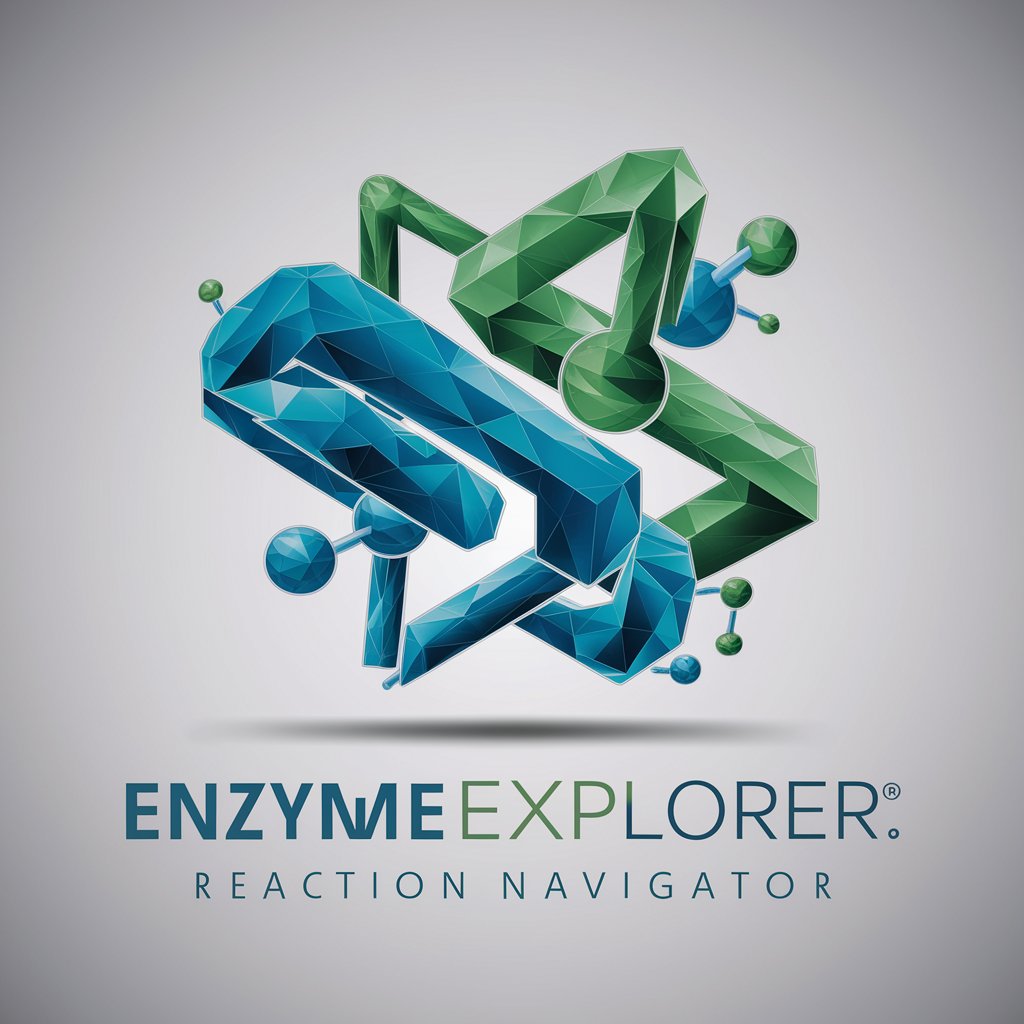
🌌✨ CosmoCalculator Strategist 🧮✨
Unlock the universe with AI-powered insights

🔬💊 PharmPlanner Pro+ 📊📅
Streamlining Pharmaceutical Trials with AI

🌎 SeismoSolver: Earthquake Tracker 📈
Empowering safety with AI-driven seismic insights
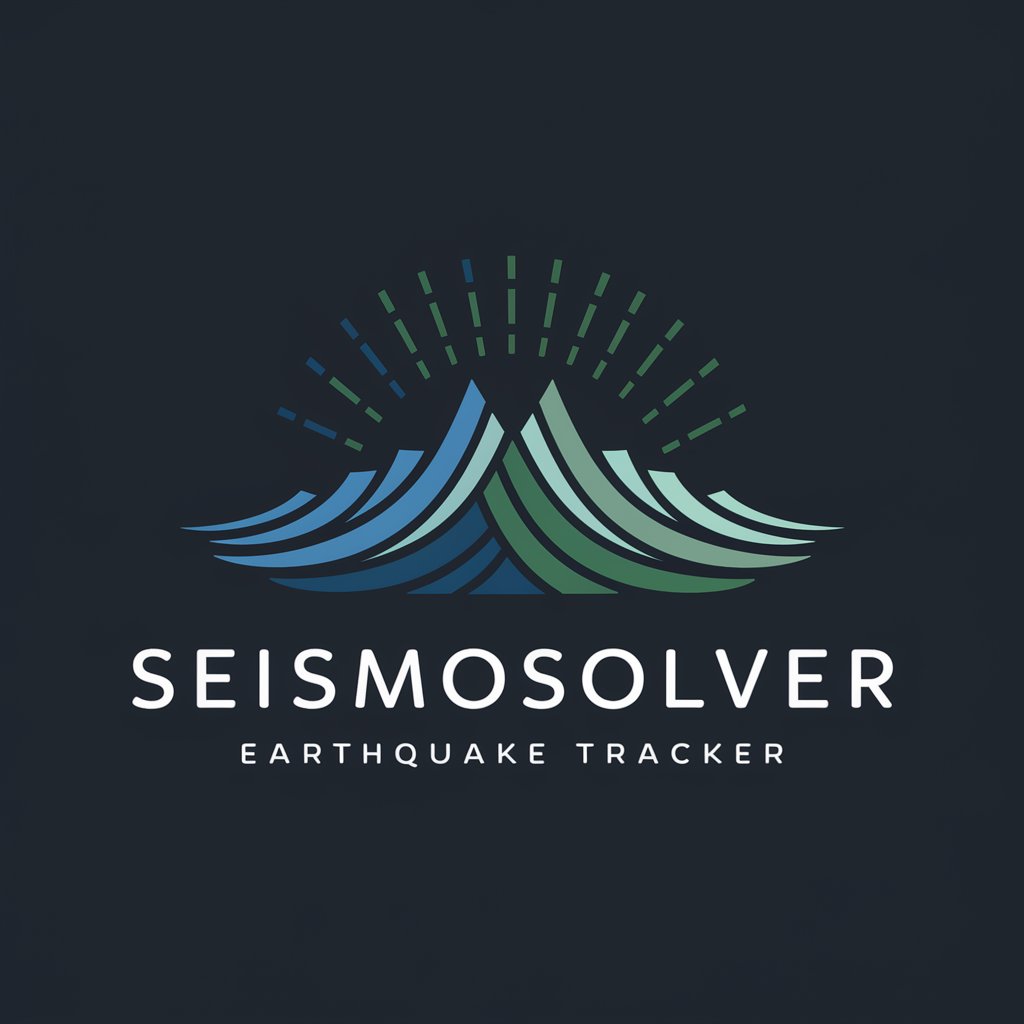
📊 StatSupport – Research Stats Pro 🧮
Empowering Research with AI-Driven Stats
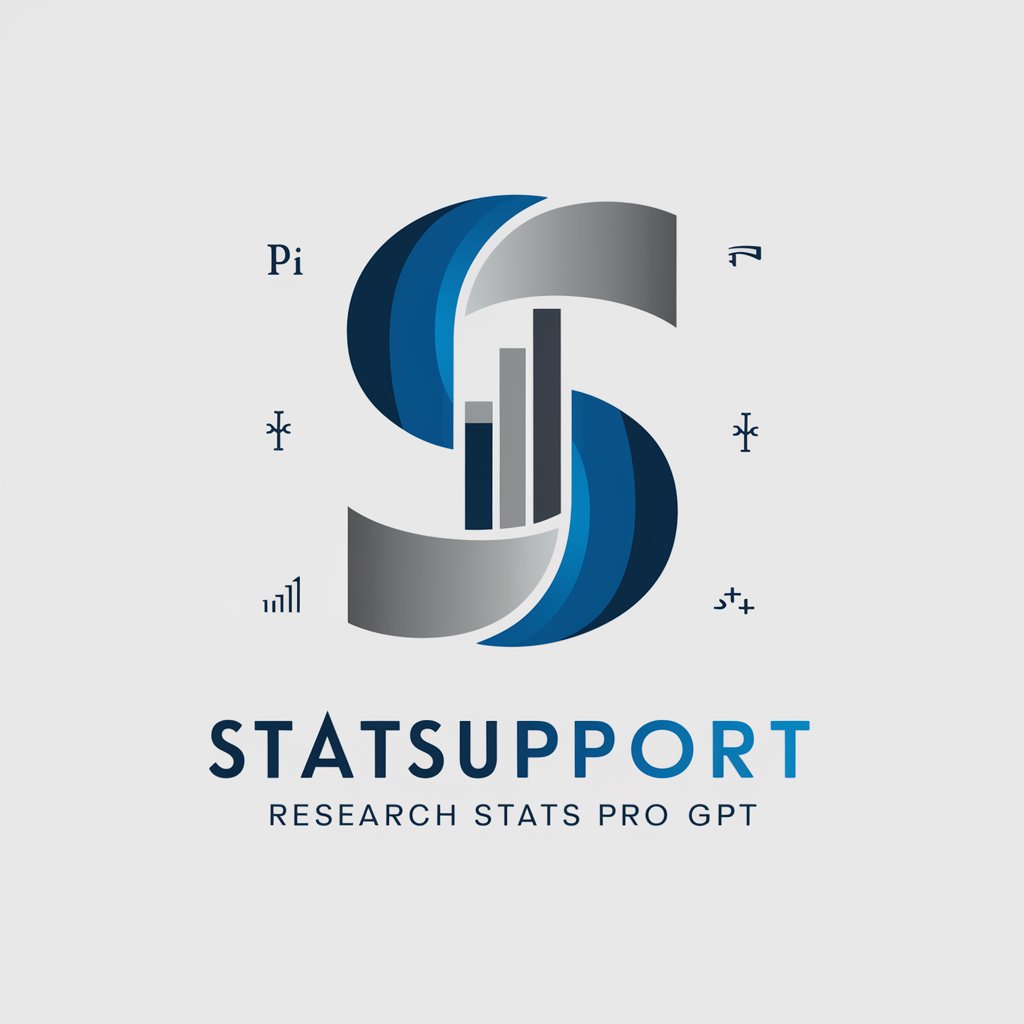
🧬✂️ GenomeGuide for CRISPR Research 🔬📊
Streamlining CRISPR research with AI
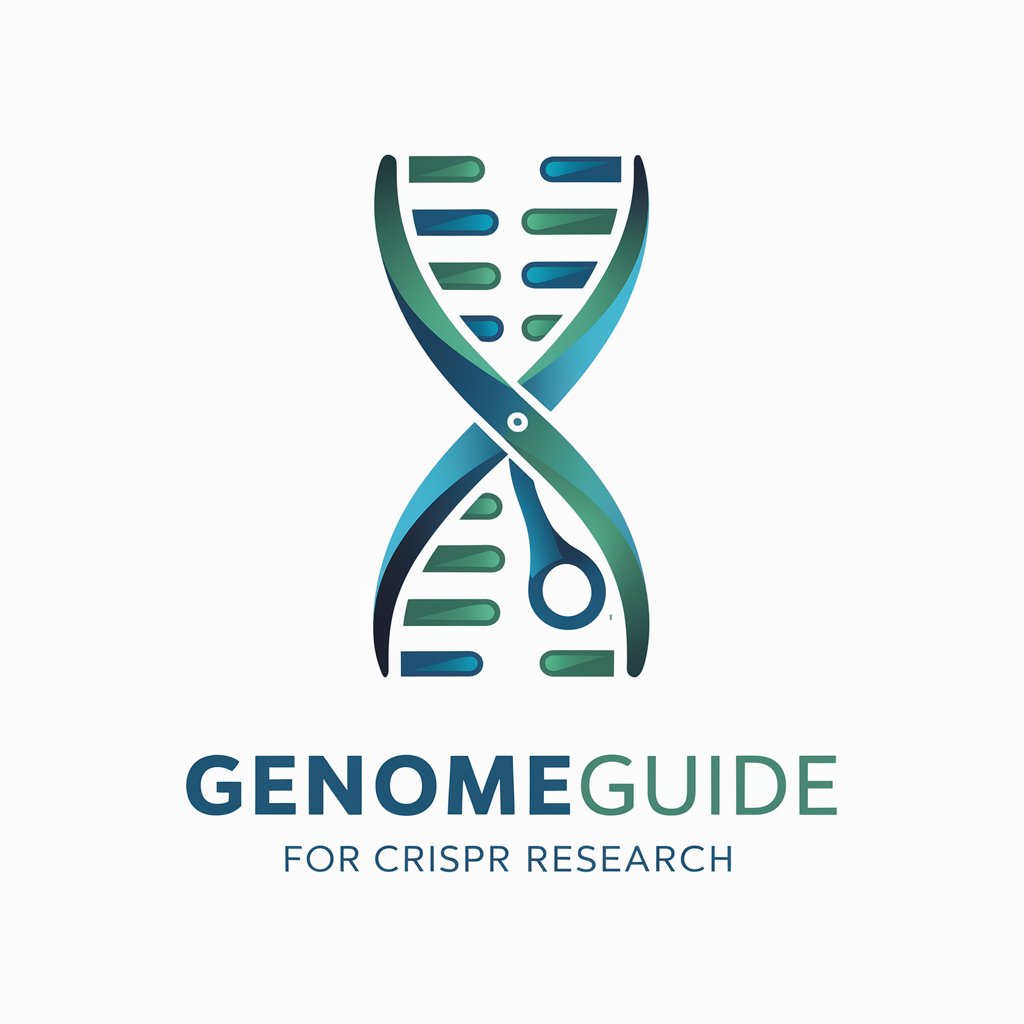
🌱 BotanyBasis - Plant Growth Tracker 📈
Nurture Your Garden with AI
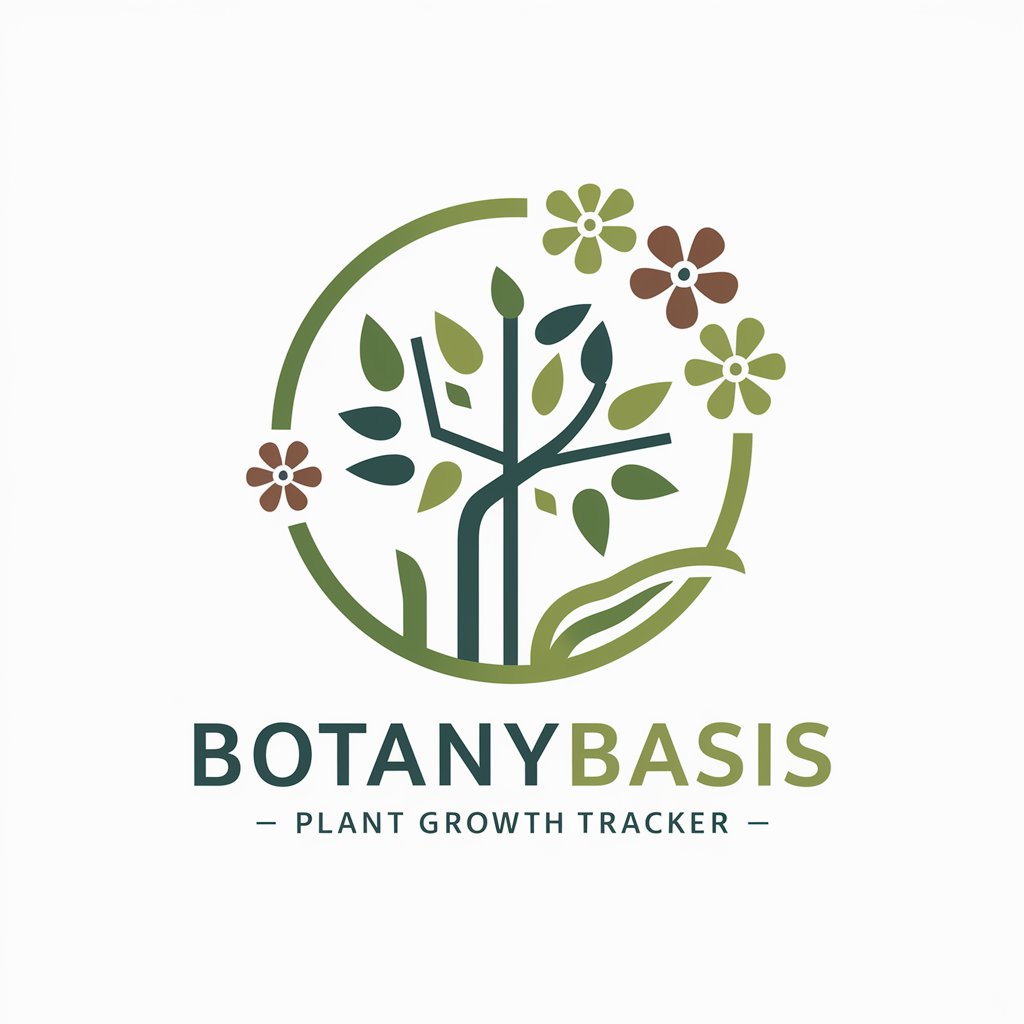
🔬✨ ImmunoInquiry: Immunology Data Hub
Streamline Immunology Research with AI

🌍⛏️ PetroProbe: Oil & Earth Insights 🧪🛢️
AI-powered insights into oil and earth

🌦️ MeteorologyMapper: Weather Analysis 🛰️
AI-Powered Weather Insights at Your Fingertips
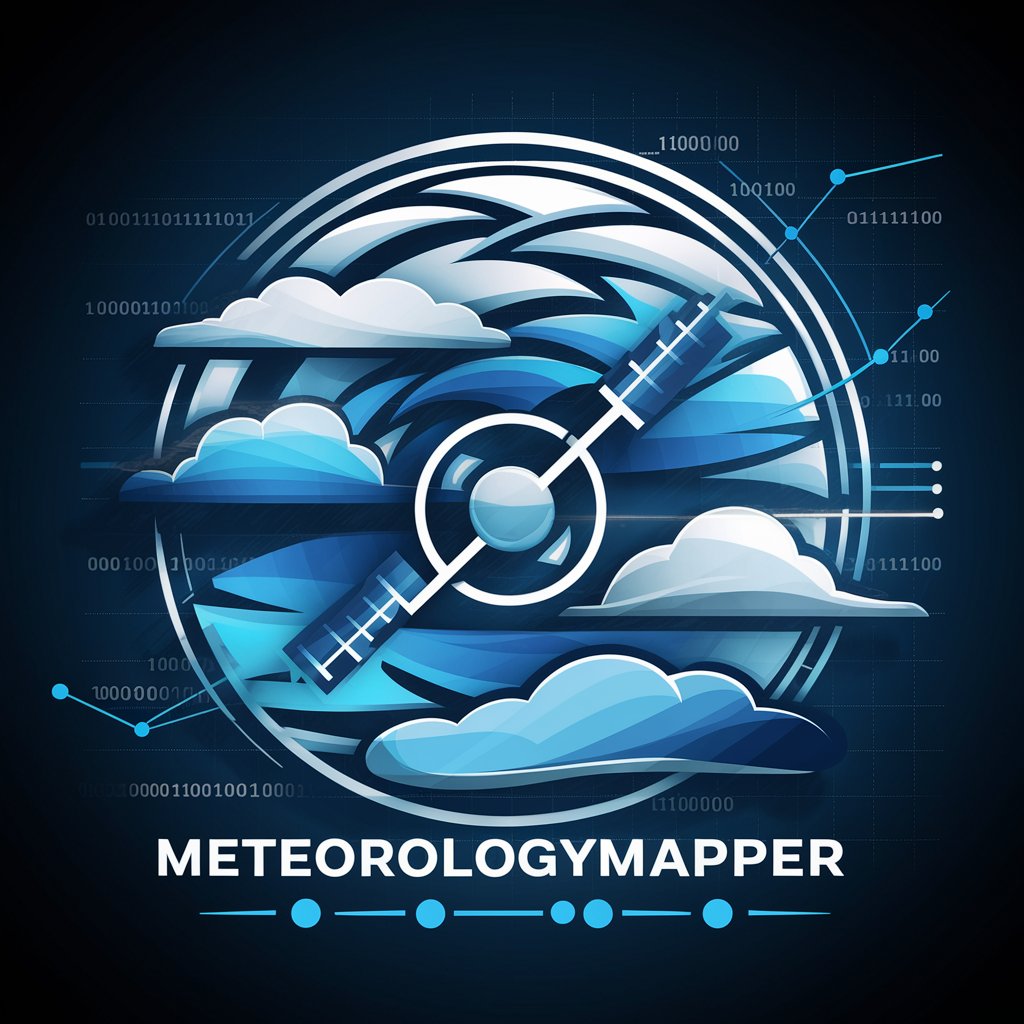
FAQs on OceanOculus: Ocean Data Visualizer
What data can OceanOculus visualize?
OceanOculus can visualize a wide array of oceanographic data, including but not limited to temperature variations, salinity levels, current patterns, and distributions of marine life, providing a comprehensive view of marine environments.
Can OceanOculus help with academic research?
Yes, OceanOculus is an invaluable tool for academic research, offering capabilities to analyze and visualize ocean data, access the latest studies, and generate images and graphs for publication or educational purposes.
How does the DALL-E image generation feature work?
The DALL-E feature allows users to create visual representations of ocean data or concepts, enhancing understanding and engagement by transforming abstract data into tangible images.
Is OceanOculus suitable for classroom use?
Absolutely, educators can utilize OceanOculus to create interactive lessons, visualize oceanic phenomena, and engage students with real-world data and AI-generated visuals, making complex topics accessible and interesting.
How can OceanOculus assist in environmental monitoring?
OceanOculus aids in environmental monitoring by allowing users to visualize changes in oceanic conditions, track the health of marine ecosystems, and analyze data trends, contributing to conservation efforts and policy development.
